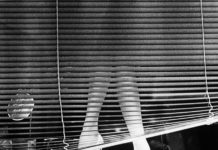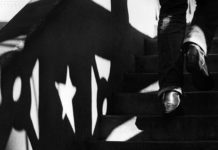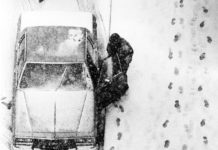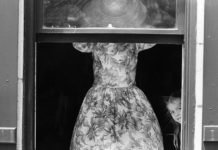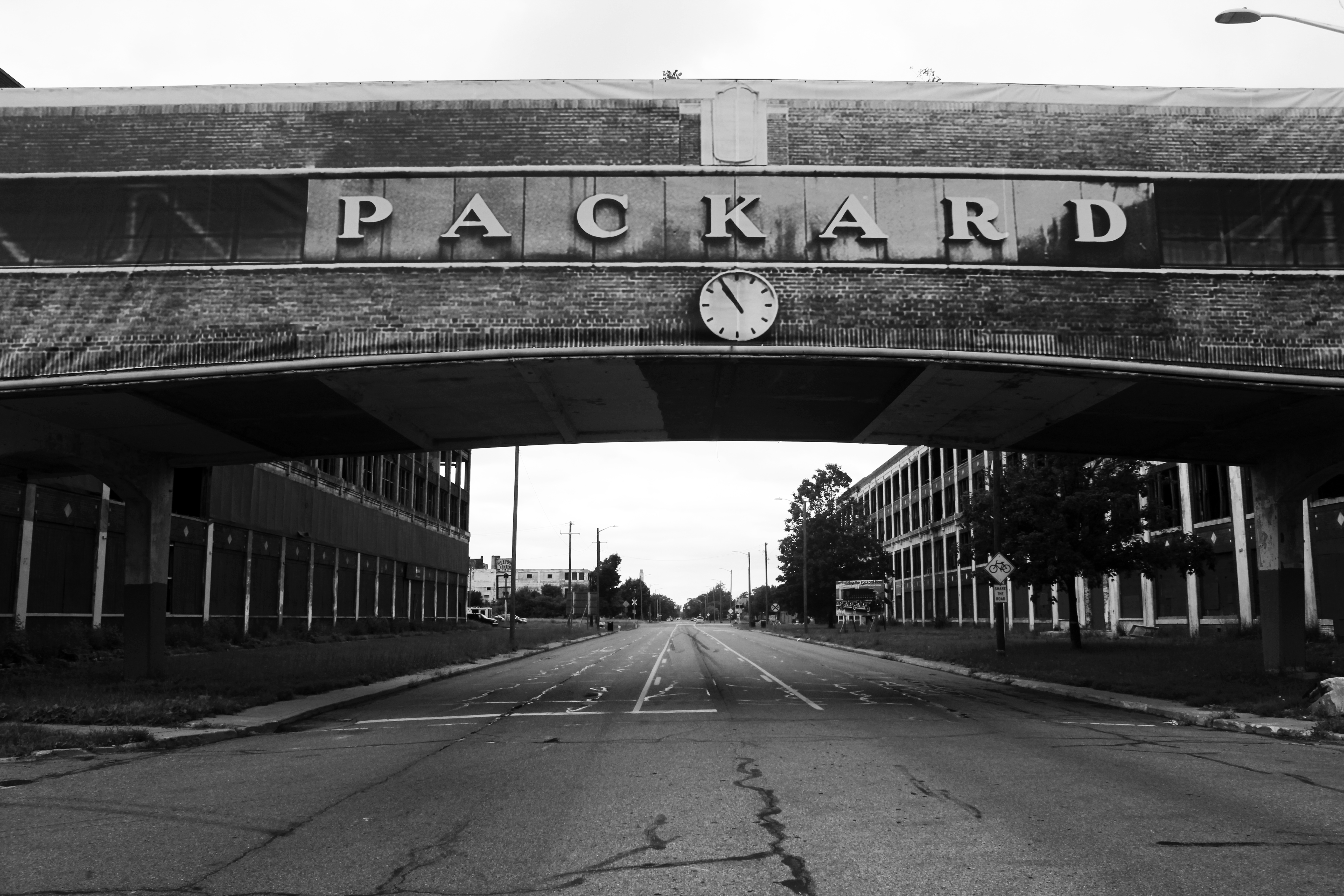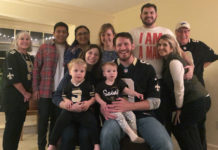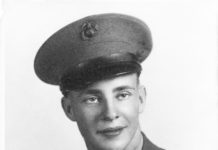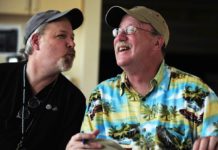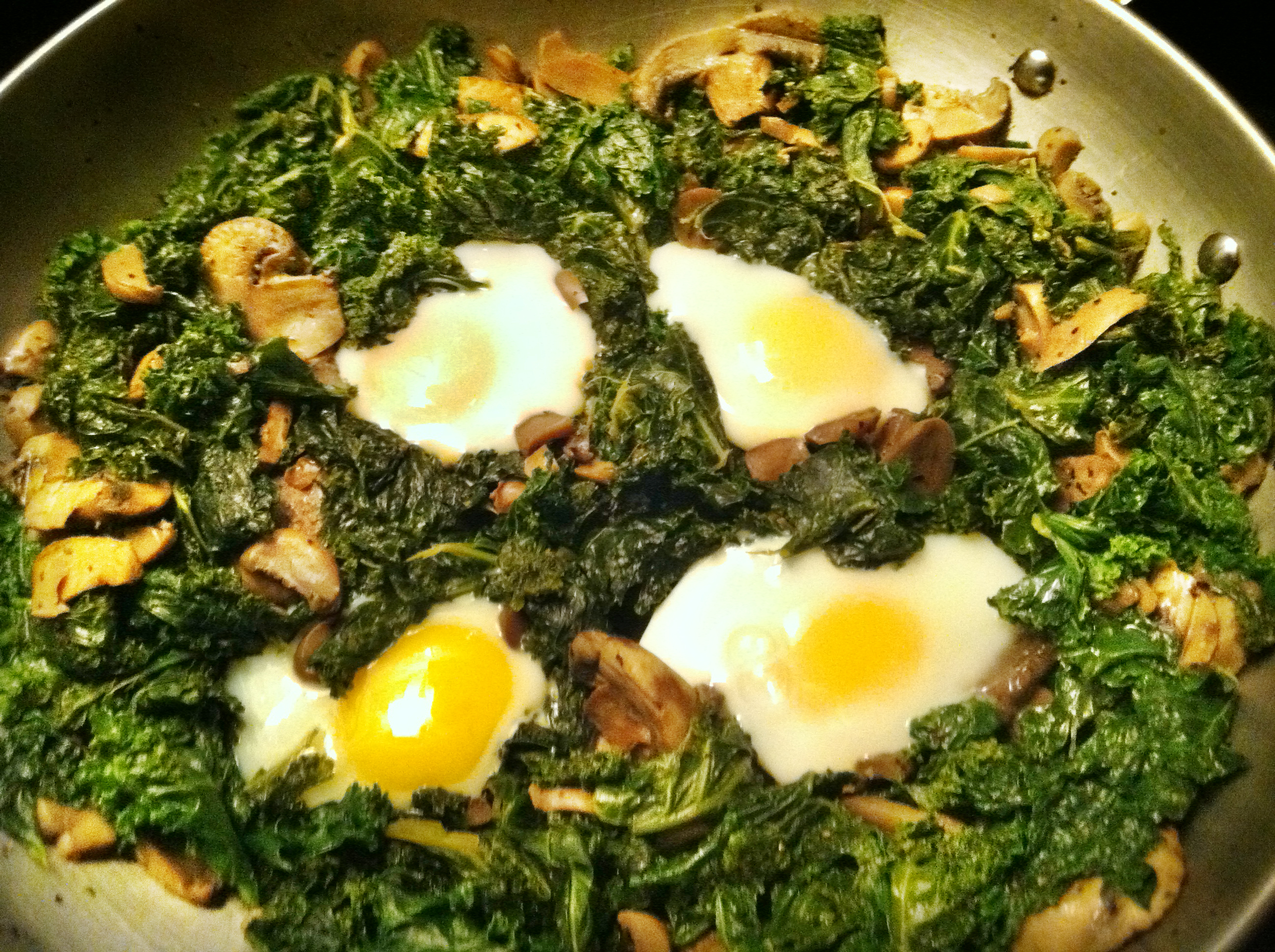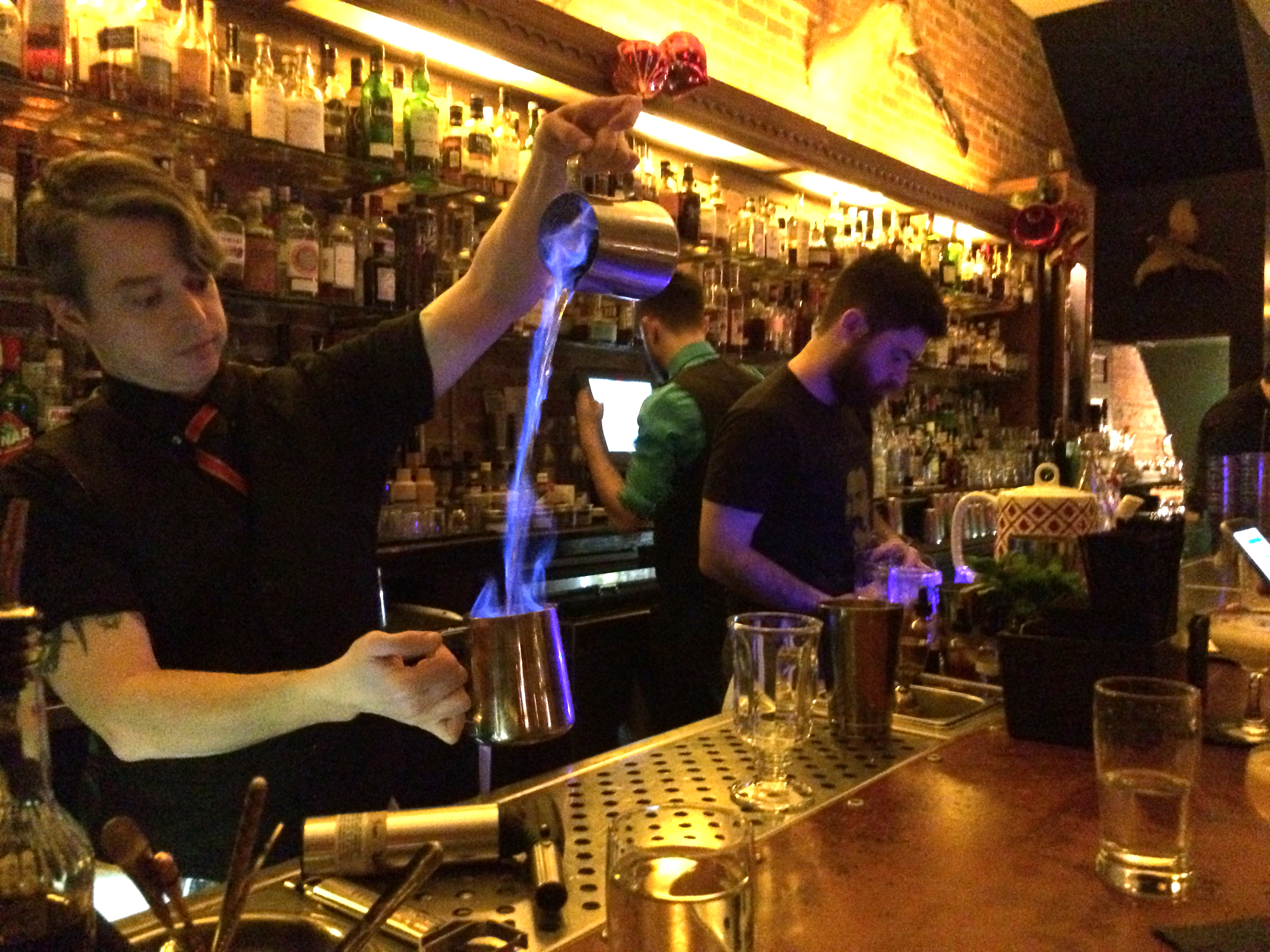
By Scott Sines
The Sugar House Gang was a mob of mostly Jewish street toughs, bootleggers and hijackers. They began as a street gang terrorizing local merchants. When Prohibition started they became full-fledged mobsters. In 1925 there were about 20,000 blind pigs operating in the city. It was about this time they started hijacking liquor shipments from other more established gangs and earned a reputation for daring and barbarity. They coined the code words “making their bones” in reference to committing savage murders and severe beatings. Working with other mobs they left an estimated five hundred unsolved murders in their wake.
The Sugar House Gang was also known as the Purple Gang. The story goes that the name came from a conversation between merchants. Commenting on the extreme behavior of gang members one merchant said they were tainted or off-color. Another shopkeeper called them purple the color of rotten meat.
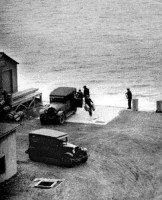
Bernstein brothers Abe, Joe, Raymond and Izzy formed an association with longtime Detroit mobsters Charles Leiter and Henry Shorr. With their reputation for viciousness the Bernstein boys began working exclusively as enforcers for Shorr and Leiter..
1925 — The Cleaners and Dryers War
The gang began hiring themselves out as hitmen and played a key role in the Cleaners and Dyers war. The Detroit laundry industry unions hired the Purples to keep union members in line and to harass non-union independents. They ‘made their bones’ using bombings, arson, theft and murder to enforce union policy. In 1927, nine members of the Purple Gang were charged with conspiracy to extort money from Detroit wholesale Cleaners & Dyers. They were acquitted of all charges.
1927 — Turf Wars
A turf war erupted between Italian, Irish and Jewish bootleggers over territory. The Purples fought in their typically barbaric manner with the Licavoli Squad led by the brothers Tommy and Pete. In March 1927, three assassins hired by the Purples were killed. The motive for the murders was believed to be retaliation for a “double cross”. No one was ever convicted of the murder. It was the first use of a machine gun in a Detroit underworld slaying.
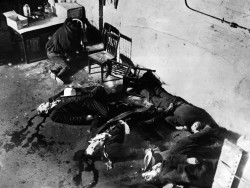
The Purple Gang initially refused to sell whisky to Chicago mobster Bugs Moran and deal solely with Al Capone. On February 13, Abe Bernstein supposedly called Moran and told him that a hijacked load of booze was on its way to Chicago. Moran, busy with his won turf war with Capone had only recently begun to trust Bernstein. Bernstein had previously been Capone’s chief supplier of Canadian liquor and Moran thought Bernstein was giving Capone the double-cross. The next day, instead of delivering a load of liquor, five men dressed as cops went to S.M.C. Cartage on North Clark Street (Moran’s North Side hangout) and opened fire with machine guns, killing seven men in what has become known as the St. Valentine’s Day Massacre.
1931 — The Little Jewish Navy
An inter-gang dispute ended in the murder of three Purples by members of their own gang (They were Chicago gangsters imported to Detroit to help out the Purple Gang). The three men had violated an underworld ethic by running rum outside the territory allotted to them by the Purple Gang leadership. Known as the ‘Little Jewish Navy, they owned several boats to cross the Detroit River and also filled their cars with booze and drove them across the ice in the winter.
Herman “Hymie” Paul, Isadore Sutker a.k.a. “Joe Sutker”, and Joseph “Nigger Joe” Lebowitz, were lured to an apartment on Collingwood Avenue on September 16, 1931. They believed they were going to make peace with the Purple leaders. The three men were gunned down.
A bookie named Sol Levine, who had transported the three men to their fatal rendezvous, was arrested soon afterwards. So the State finally had a live rat who could testify against The Purple Gang. Levine’s testimony was devastating. Three of the four Purples involved in the incident, known as the Collingwood Manor Massacre, were convicted of first degree murder and sent to prison for life.
Sources:
“The Purple Gang: Organized Crime in Detroit” — Paul R. Kavieff
Wikipedia
Walkerville Times — Whisky Town Extraordinaire
The Sugar House Bar

